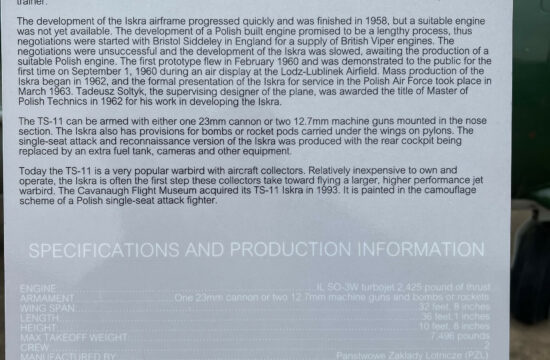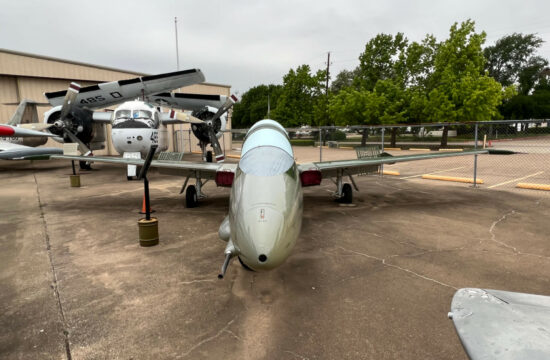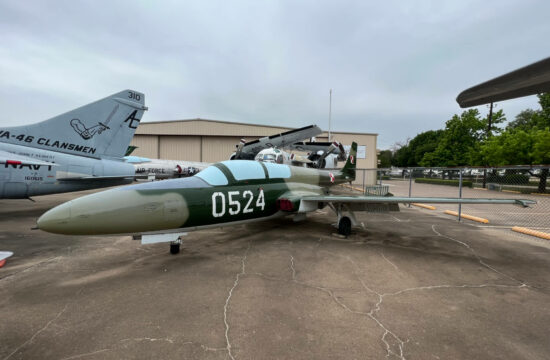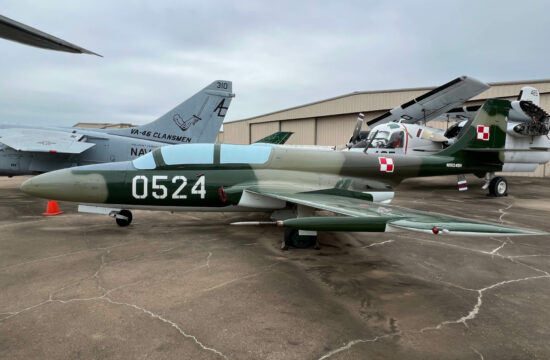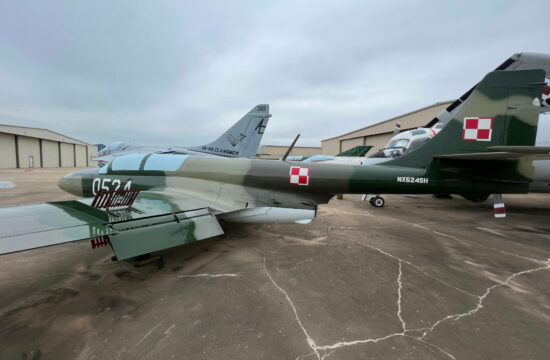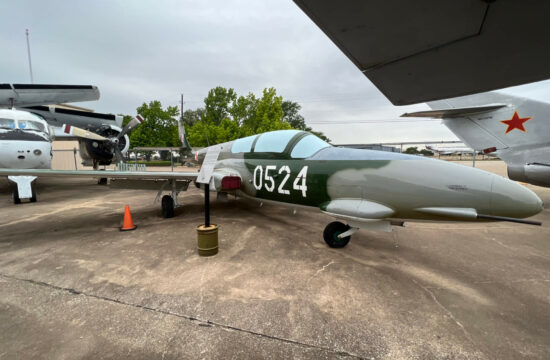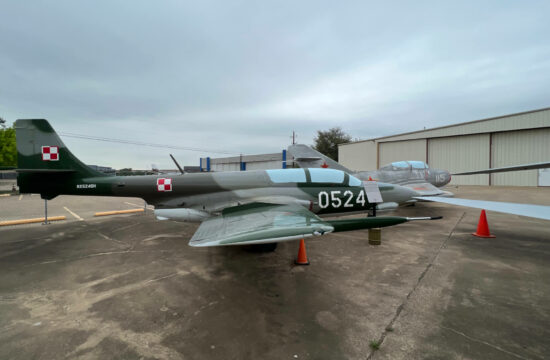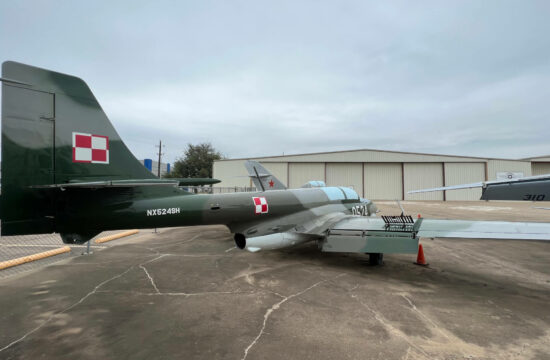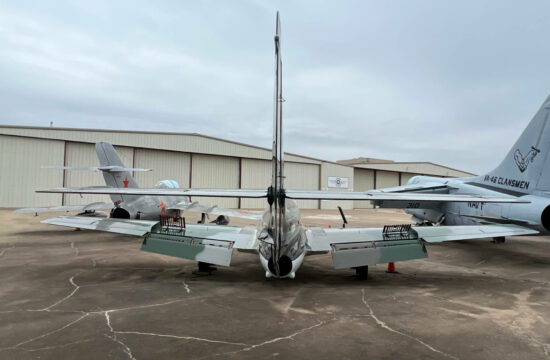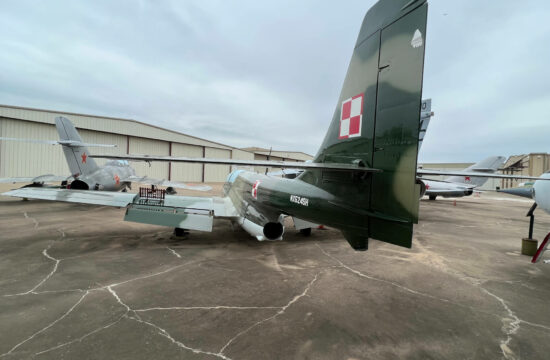s/n 1H0524 Reg: N524SH // $40,000
s/n 1H0524 Reg: N524SH
$40,000
1963 TS-11 Iskra (WSK-PZL-MEILEC)
Restored to Static Condition
Aircraft FAQ
Airframe
Engine(s)
Avionics
Logbooks
Location
Additional Info
History
Comparable to the Lockheed T-33 (the trainer version of the F-80 Shooting Star), the TS-11 Iskra (meaning “spark” in Polish), served as Poland’s primary jet trainer for more than two decades. A simple, rugged and forgiving aircraft, the Iskra was the starting point for Polish fighter pilots on their way to flying the faster and more complex MiG or Sukhoi aircraft used by the Polish Air Force. The Iskra was built by Wytwornia Sprzetu Komunikacyjnego – Mielec (Transport Equipment Manufacturing Centre) at Mielec in Poland under the direction of the famous Polish aviation firm of Panstwowe Zaklady Lotnicze. The Iskra was produced in two variants: a single-seat attack and reconnaissance fighter or a two-seat, fully aerobatic, primary and basic trainer.
The development of the Iskra airframe progressed quickly and was finished in 1958, but a suitable engine was not yet available. The development of a Polish built engine promised to be a lengthy process, thus negotiations were started with Bristol Siddeley in England for a supply of British Viper engines. The negotiations were unsuccessful and the development of the Iskra was slowed, awaiting the production of a suitable Polish engine. The first prototype flew in February 1960 and was demonstrated to the public for the first time on September 1, 1960 during an air display at the Lodz-Lublinek Airfield. Mass production of the Iskra began in 1962, and the formal presentation of the Iskra for service in the Polish Air Force took place in March 1963. Tadeusz Soltyk, the supervising designer of the plane, was awarded the title of Master of Polish Technics in 1962 for his work in developing the Iskra.
The TS-11 can be armed with either one 23mm cannon or two 12.7mm machine guns mounted in the nose section. The Iskra also has provisions for bombs or rocket pods carried under the wings on pylons. The single-seat attack and reconnaissance version of the Iskra was produced with the rear cockpit being replaced by an extra fuel tank, cameras and other equipment.
Today the TS-11 is a very popular warbird with aircraft collectors. Relatively inexpensive to own and operate, the Iskra is often the first step these collectors take toward flying a larger, higher performance jet warbird. The Cavanaugh Flight Museum acquired its TS-11 Iskra in 1993. It is painted in the camouflage scheme of a Polish single-seat attack fighter.
Sales may be subject to local Sales Tax / V.A.T. / G.S.T.
Aircraft maybe subject to prior sale, lease, and/or removal from the market without prior notice.
Specifications subject to verification upon inspection.
Inquire Now
Like what you see? Fill out our convenient form today!

